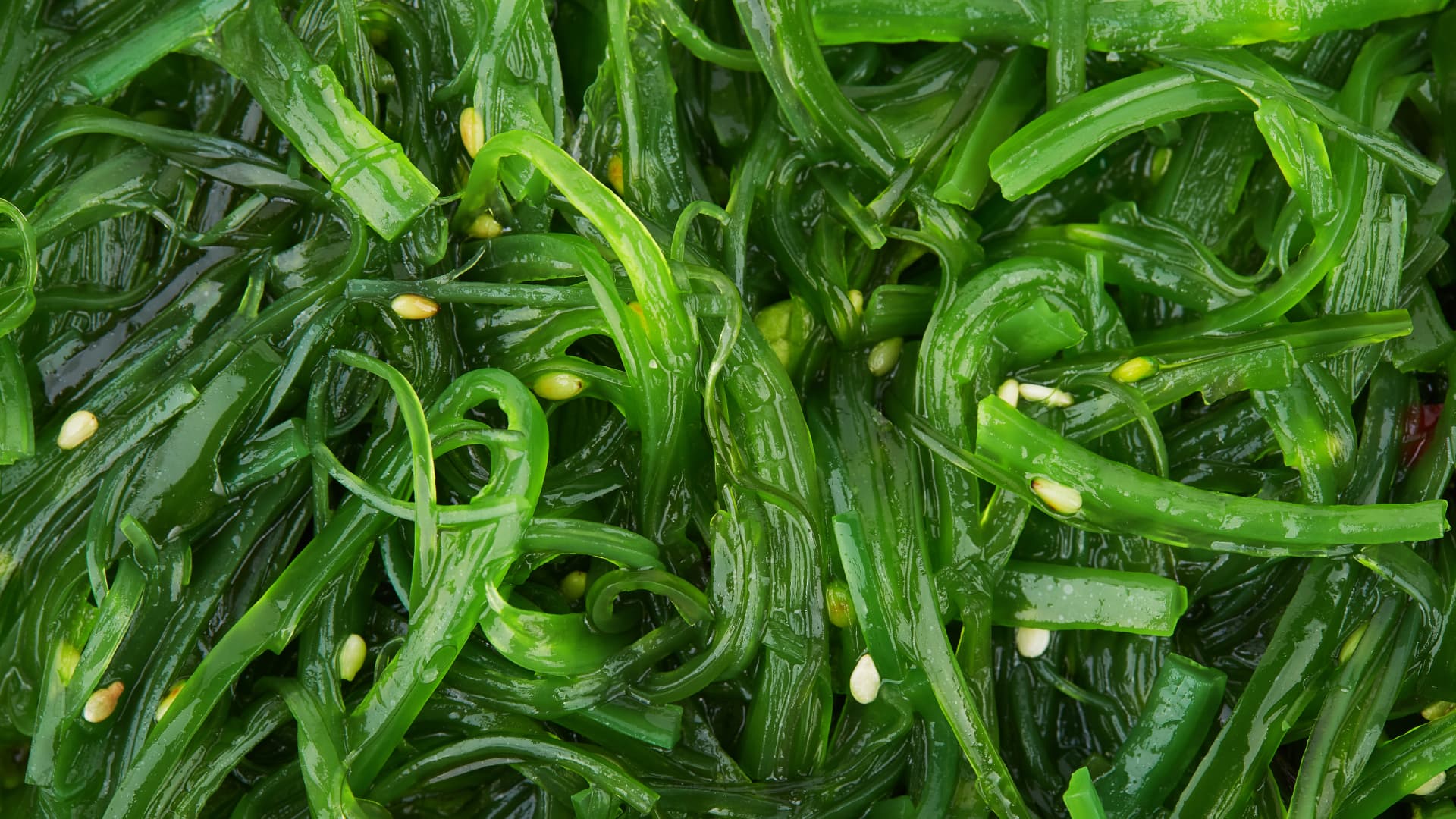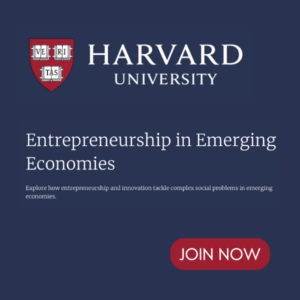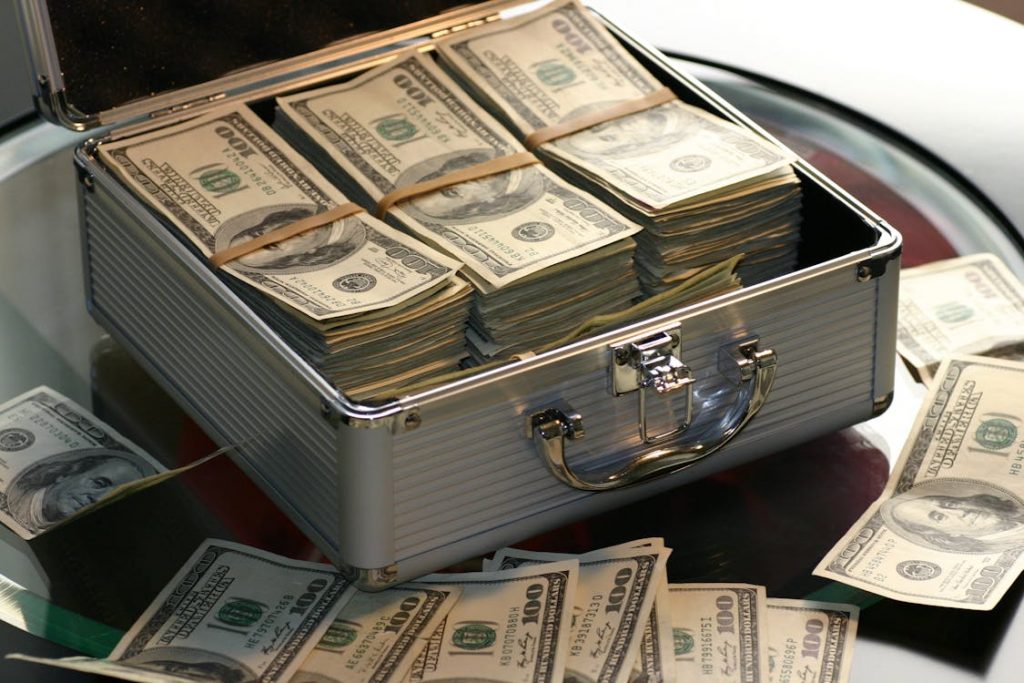Like many coastal communities world wide, individuals residing by the ocean in the UK have harvested and consumed seaweed for hundreds of years.
In Wales, Welsh laverbread — constituted of cooking a kind of seaweed known as laver — is a culinary delicacy so revered that it enjoys Protected Designation of Origin standing.
Seaweed’s makes use of don’t finish on the dinner desk, both: Right this moment, it is present in the whole lot from cosmetics and animal feed to gardening merchandise and packaging.
With considerations concerning the setting, meals safety and local weather change mounting, this moist, edible treasure of the ocean — of which there are various varieties and colours — might have a significant function to play within the sustainable way forward for our planet, and the U.Okay. desires in on the act.
Towards the top of April, a venture dubbed the U.Okay.’s “first devoted seaweed trade facility” celebrated its official opening, with these concerned hoping it is going to assist kickstart the commercialization of a sector that is nicely established in different components of the world.
The Seaweed Academy, because it’s recognized, is situated close to the Scottish city of Oban. Funding of £407,000 (round $495,300) for the venture has been supplied by the U.Okay. authorities.
It is going to be run by the Scottish Affiliation for Marine Science in partnership with its buying and selling subsidiary SAMS Enterprise and academic establishment UHI Argyll.
Learn extra about vitality from CNBC Professional
In keeping with an announcement from SAMS, one of many academy’s targets facilities round stimulating “the expansion of UK seaweed aquaculture.” On high of this, the venture will look to discover “high-value markets” and use analysis to spice up the worldwide competitiveness of U.Okay. merchandise.
Rhianna Rees is a seaweed researcher and Seaweed Academy coordinator at SAMS Enterprise. In a current interview with CNBC, she supplied an perception into the kind of jobs that went on at a seaweed farm.
“It is loads much less industrial than it would come throughout,” she mentioned. “While you consider farming you consider large equipment, you consider mechanical harvesting, and that is under no circumstances what seaweed farming is about.”
“While you have a look at it from the surface, all you may see are buoys within the water after which underneath the water are these lengthy strains of rope with … big swathes of seaweed,” she went on to clarify.
“While you wish to harvest it, you go in and also you get the rope and also you pull it into the boat — and that is mainly it,” she mentioned.
The obvious simplicity of the method is one factor, however organising a farm within the first place generally is a completely different story altogether.
“Getting licenses from … the completely different organizations inside England and Scotland — it may be extremely costly and time consuming,” Rees mentioned. “So there are main challenges to getting into the trade within the first place.”
There have been additionally different elements to contemplate. “You get storm occasions, you get perhaps years the place it would not develop significantly nicely, fluctuations in vitamins,” she mentioned.
There was innovation on the horizon, Rees went on to notice, however it could “take just a few years to get to the realm the place we see the sort of optimization that we want for actual scalability.”
Cross nation
The U.Okay.’s curiosity in cultivating and harvesting seaweed shouldn’t be restricted to the work being deliberate in and round Oban.
Within the picturesque county of Cornwall on the southwest tip of England, the Cornish Seaweed Firm has been harvesting since 2012, offering a glimpse of how the broader trade might develop within the years forward.
Tim van Berkel, who co-founded the corporate and is its managing director, informed CNBC the agency wild-harvested seaweed from the shores for meals functions.
In 2017, the enterprise supplemented this shore-based harvesting when it began to farm seaweed from spores on the web site of an present mussel farm in waters off Porthallow, a Cornish fishing village.
“They develop on strains suspended within the water, like buoys actually,” van Berkel mentioned, including that it was “much like mussel farming.” The enterprise was farming two kinds of seaweed on the web site, van Berkel mentioned: sugar kelp and alaria.
Regardless of establishing the positioning at Porthallow, for now the corporate’s core focus pertains to its shore-based harvesting. “That is actually nonetheless the principle enterprise,” van Berkel mentioned. “There’s 5, six, different seaweeds that we harvest … from the wild, from the shores, which is happening yr spherical.”
Different corporations trying to make their mark embrace SeaGrown, which is predicated within the coastal city of Scarborough, Yorkshire, and is engaged on organising a seaweed farm within the North Sea.
Additional north, Seaweed Farming Scotland’s operations are situated in Oban and targeted on the cultivation of species native to the waters there.
The worldwide image
An aerial view of individuals working at a seaweed farm in Zhejiang province, China, on November 24, 2021.
Jiang Youqing | Visible China Group | Getty Photographs
In 2020, a report from the Meals and Agriculture Group of the U.N. described seaweed farming as being “dominated by international locations in East and Southeast Asia.”
The trade is large enterprise, with the FAO individually noting that the seaweed sector generated $14.7 billion in “first-sale worth” in 2019.
With the U.Okay.’s industrial seaweed sector nonetheless in its early phases, it has a strategy to go earlier than it competes on the worldwide stage.
Seaweed farming in Asia can typically be large-scale, with websites unfold throughout fairly appreciable areas, as proven within the above photograph of a farm within the province of Zhejiang, China.
The U.S. can also be residence to a seaweed farming sector, with the Nationwide Oceanic and Atmospheric Administration stating there are actually “dozens of farms” in waters off New England, Alaska and the Pacific Northwest.
Alongside the industrial merchandise ensuing from seaweed farming, there are different advantages too, an apparent one being that it doesn’t require contemporary water.
For its half, the NOAA says that “seaweeds are extremely environment friendly at sucking up carbon dioxide and utilizing it to develop.” As well as, it notes that “seaweeds additionally gobble up nitrogen and phosphorus.”
Whereas there are considerations associated to allowing in some components of the U.S., the trade there has expanded lately, with the NOAA calling it the “fastest-growing aquaculture sector.”
It provides that 2019 noticed Alaska-based farmers produce over 112,000 kilos of sugar, ribbon, and bull kelp. “That is a 200 p.c enhance over the state’s first industrial harvest in 2017,” it says.
Worldwide, the trade appears to have been on a speedy course of enlargement over the previous 20 years or so. The FAO’s report mentioned world marine macroalgae — one other title for seaweed — manufacturing had risen from 10.6 million metric tons in 2000 to 32.4 million metric tons in 2018.
It isn’t all been plain crusing, nevertheless. “International manufacturing of farmed aquatic algae, dominated by seaweeds, skilled comparatively low progress in the newest years, and even fell by 0.7 p.c in 2018,” the FAO’s report famous.
An aerial view of a web site used for seaweed farming in waters off Bali, Indonesia.
Sasithorn Phuapankasemsuk | Istock | Getty Photographs
And whereas there would seem like a mess of merchandise and advantages linked to seaweed farming, there are additionally points these working within the trade might want to handle and punctiliously handle going ahead.
The World Wildlife Fund, for instance, notes that, in some situations, species of seaweed have turn into “invasive when grown outdoors their pure vary.”
The WWF additionally cites the “entanglement of protected species with seaweed farm rope constructions” as a “potential concern” however provides that such an incidence is unlikely and “no credible documented marine entanglements” have taken in place in 40 years.
Again in Scotland, the Seaweed Academy’s Rees is optimistic for what the longer term holds. “I believe we’re actually poised to see the expansion,” she mentioned. “I simply hope that the hype is not hype for the incorrect causes.”
“And so long as we’re all … working collectively to get the message and to get the coaching and to get growth proper, together with help from governments and buyers, then we’ll see one thing that is actually useful for the world, actually sustainable.”

Related posts
Subscribe
* You will receive the latest news and updates!
Quick Cook!
Is it Unlawful to Demand a Return to Workplace?
The patterns of distant and versatile working that adopted the COVID-19 pandemic and lockdown restrictions are starting to waver, with…
The Startup Journal The way to Safe Short-term Startup Funding If You Don’t Have Traders But
Beginning a brand new enterprise is an thrilling journey, but it surely usually requires a big sum of money to…



